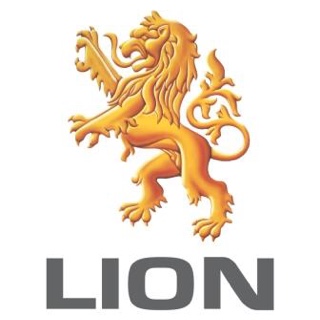Information
-
Meeting leader
-
Team
-
Audit by
-
Conducted on
Guidelines:
-
NOTE:
Review the VM section prior to the meeting.
Complete structure section during the meeting.
VM audit
VM audit:
-
Current Practice: Black/blue used for text -green,red,blue,amber for near misses as colour indicators<br>Future Practice: No breaches to agreed best practice
-
Current Practice: Tracking charts are all using standard template<br>Future Practice: Presentation format is easy to understand, tidy and clearly linked to BIG 5
-
Current Practice: DOR templates are all Running the Business measures<br>Future Practice: No breaches to agreed best practice
-
Current Practice: Escalation and cascading of information is clear<br>Future Practice: Display of information separates Running the Business & Improving the Business measures
-
Current Practice: Targets are clearly identified on all VM tracking charts<br>Future Practice: Targets challenged if all green / date for review visible if trend is all green
-
Current Practice: Triggers and the required action are clearly identified on all VM tracking charts<br>Future Practice: Out of control and high variability trends result in effective Problem Solving or SIC to address
-
Current Practice: Meeting evaluation in place<br>Future Practice: Meeting evaluation displays isolated RED behaviours with no events of consecutive RED indicators
Structure audit
Structure audit:
-
Current Practice: Meeting started on time<br>Future Practice: Punctuality breaches are rare ( check evaluation for history) & proxy is well prepared
-
Current Practice: The purpose of the meeting is visible<br>Future Practice: The purpose of the meeting is clearly defined and reviewed at every meeting - Why are we here?
-
Current Practice: Code of Conduct in place - reviewed at start of meeting<br>Future Practice: Code of Conduct effective - Meetings evaluated - behaviours well disciplined
-
Current Practice: Meeting captures data for SQDPCP for previous 24hrs (lag indicators)<br>Future Practice: Proactive contingency planning to ensure potential roadblocks for production are removed
-
Current Practice: Agenda in place and followed <br>Future Practice: Agenda has specific time allocated to each agenda item and is disciplined
-
Current Practice: Leader facilitates meeting - scribe adhoc<br>Future Practice: Meeting is facilitated by Team Members on a rotational basis - scribe is rotational and captures all actions
-
Current Practice: Problem Solving process reviewed as agenda item<br>Future Practice: VM & 5WHY captures causal factors for all triggered events to support Problem Solving
-
Current Practice: Actions have timeframes<br>Future Practice: Timeframes are managed effectively with clear VM indicators of overdue issues
-
Current Practice: All actions captured<br>Future Practice: Actions are specific and have a clear understanding of who ( 1 person) is responsible to own the action
-
Current Practice: Priorities for next 24 hrs identified<br>Future Practice: Risks and priorities reviewed from previous day - next 24 hrs agreed upon and actions assigned
-
Current Practice: Decision generally prompted by Leader<br>Future Practice: Decisions made by consensus
-
Current Practice: Questions all one way by Leader<br>Future Practice: Questioning style appropriate by all Team members , open, closed, probing, deflective , leading, direct
-
Current Practice: Meeting finished on time ( with post meeting discussion to discuss actions)<br>Future Practice: Meeting finished on time ( with NO post meeting discussions required )
-
Current Practice: Meeting evaluation >80% for compliance<br>Future Practice: Meeting evaluation = 100%
Other Opportunities or Comments:
-
Capture any other opportunities or comments here;














